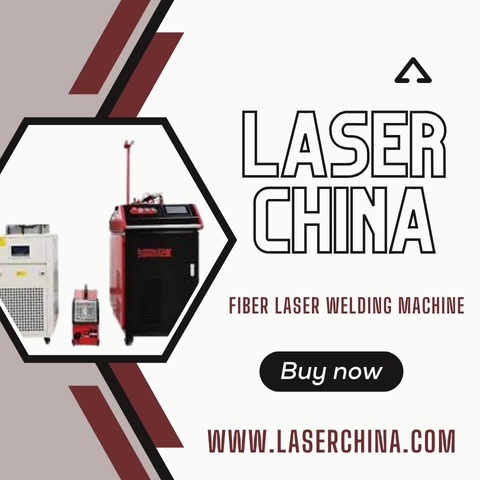Laser fiber welding machinerepresent cutting-edge technology in the realm of industrial welding. Utilizing high-intensity laser beams generated through fiber optics, these machines offer unparalleled precision and efficiency in joining metals and alloys. Whether in automotive, aerospace, electronics, or medical device manufacturing, laser fiber welding machine has revolutionized production processes due to its ability to handle delicate and intricate welds with minimal heat distortion.
Introduction to Laser Fiber Welding Machines: Laser fiber welding machine operate on the principle of using a laser beam amplified through fiber optics. This method ensures a focused, high-energy beam that can achieve precise welds on various metals, including stainless steel, aluminum, titanium, and more. Compared to traditional welding methods, fiber laser welding offers advantages such as faster processing times, reduced material waste, and superior weld quality.
Key Components:
-
Laser Source: The heart of the machine, generating the laser beam typically from ytterbium-doped fiber.
-
Fiber Optics: Transmitting the laser beam with high efficiency and flexibility, allowing for precise control over welding parameters.
-
Workstation: Includes the weld head, where the laser beam is focused, and the workpiece positioning system for accurate alignment.
Advantages of Fiber Laser Welding:
- Precision: Enables welding of intricate geometries with minimal heat-affected zones.
- Speed: Rapid processing times due to high-energy density.
- Quality: Strong, high-integrity welds with minimal distortion.
- Versatility: Suitable for a wide range of metals and thicknesses.
- Automation Compatibility: Integrates seamlessly into automated manufacturing systems.
Applications:
-
Automotive Industry: Used in body assembly, engine components, and exhaust systems.
-
Aerospace: Critical for lightweight alloys in aircraft construction and turbine components.
-
Electronics: Precision welding of connectors, sensors, and microelectronics.
-
Medical Devices: Joining surgical instruments and implants with precision and cleanliness.
Choosing the Right Machine: When selecting a fiber laser welding machine, consider:
- Power Output: Matching the application requirements.
- Beam Quality: Determines the focus and intensity of the laser beam.
- Automation Features: Integration capabilities with existing production lines.
- Maintenance Needs: Ensuring minimal downtime and long-term reliability.
Conclusion: Laser fiber welding machine epitomize the future of welding technology, offering unmatched precision, speed, and versatility across various industrial sectors. Mastering their capabilities involves understanding the intricacies of laser physics, material interactions, and advanced manufacturing processes. As industries continue to demand higher efficiency and quality standards, laser fiber welding machine remains at the forefront of innovation, enabling manufacturers to achieve new heights in product design and production efficiency.




